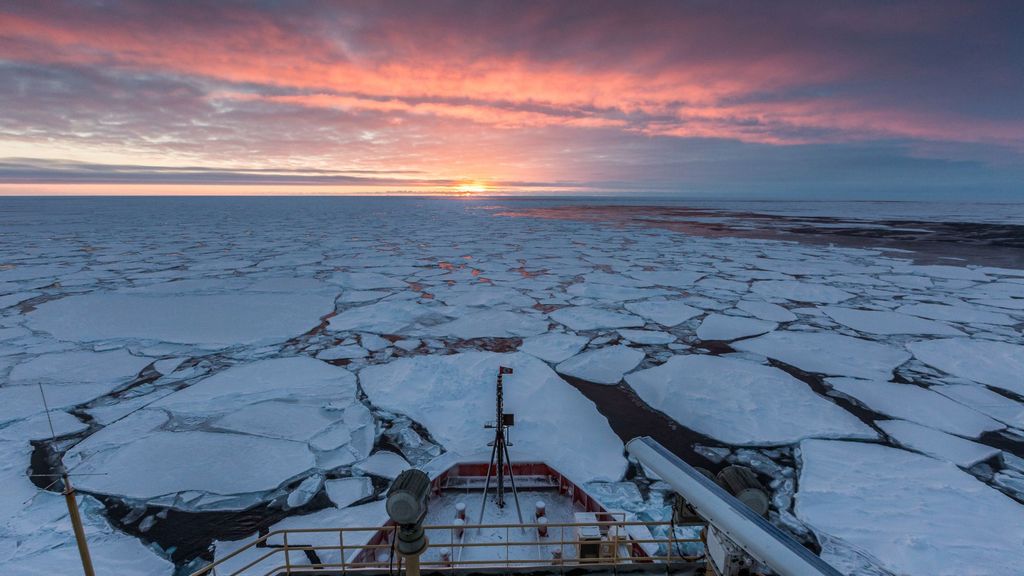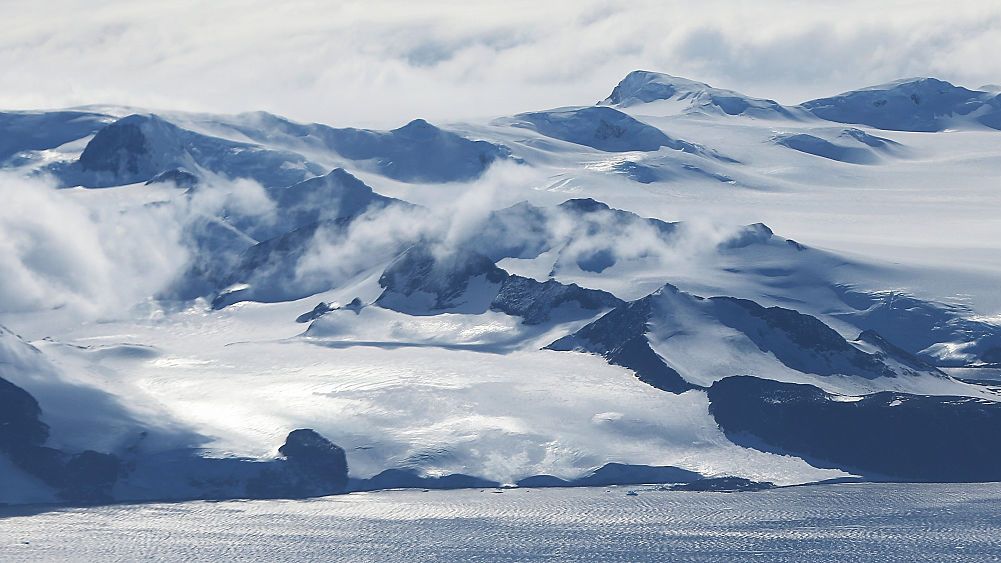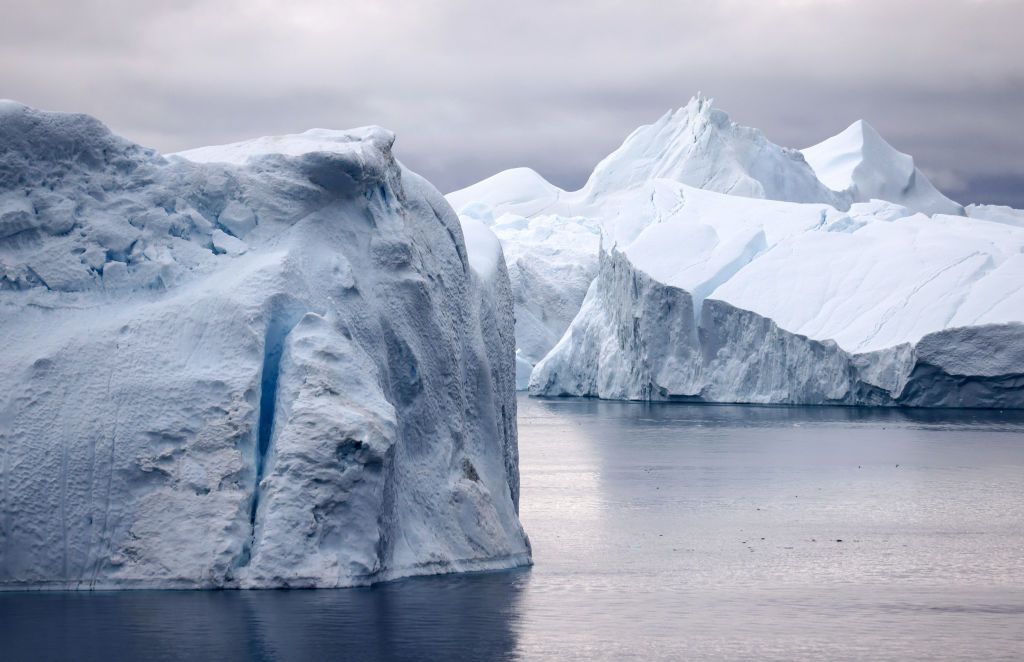
The rapid retreat of sea ice in Antarctica can be explained by the “simple physics” of the sun’s melting powers, according to a new study.
Heat from the sun could explain why ice around the South Pole does not expand and retreat at the same speed, scientists say.
Ice cover around Antarctica gradually expands from March to October each year, covering a space larger than Russia, or six times its original size.
It then retreats at a faster pace, most dramatically around December, when the South Pole experiences constant daylight.
Wind patterns and warm ocean currents were thought to be behind Antarctica’s asymmetric seasonal sea ice cycle.
But now, scientists at the University of Washington have found the sun’s rays could be responsible for this discrepancy, describing their results in the journal Nature Geoscience.

“In spite of the puzzling longer-term trends and the large year-to-year variations in Antarctic sea ice, the seasonal cycle is really consistent, always showing this fast retreat relative to slow growth.
“Given how complex our climate system is, I was surprised that the rapid seasonal retreat of Antarctic sea ice could be explained with such a simple mechanism,” said lead author Lettie Roach, a polar climate scientist at Columbia University, based at NASA Goddard Institute for Space Studies.
Global climate models, which mapped the quicker retreat of Antarctic sea ice, were reviewed by the researchers.
Using a simple physics-based model for testing, they attributed the phenomenon to seasonal changes in incoming solar radiation, or sunlight.
The sun’s melting power reaches its peak around midsummer, just as a hot summer day reaches maximum sizzling conditions in the late afternoon.
But throughout the rest of the year, when sunlight is low, temperatures change more gradually.
At the North Pole, ice cover has gradually decreased since the 1970s due to global warming.
Antarctic ice cover, on the other hand, has seesawed over recent decades, and researchers are still trying to fully understand its movements.
“I think because we usually expect Antarctic sea ice to be puzzling, previous studies assumed that the rapid seasonal retreat of Antarctic sea ice was also unexpected — in contrast to the Arctic, where the seasons of ice advance and retreat are more similar.
“Our results show that the seasonal cycle in Antarctic sea ice can be explained using very simple physics.
“In terms of the seasonal cycle, Antarctic sea ice is behaving as we should expect, and it is the Arctic seasonal cycle that is more mysterious,” said Roach.
The researchers have now turned their attention to understanding why Arctic sea ice does not follow this pattern.

This could prove to be more challenging because its geography is not as simple as that of Antarctica, which is a polar continent surrounded by ocean.
“We know the Southern Ocean plays an important role in Earth’s climate.
“Being able to explain this key feature of Antarctic sea ice that standard textbooks have had wrong and showing that the models are reproducing it correctly is a step toward understanding this system and predicting future changes,” said study co-author Cecilia Bitz.
Edited by Siân Speakman and Kristen Butler
Recommended from our partners
The post Rapid Retreat Of Sea Ice In Antarctica Explained By ‘Simple Physics Of Sun’s Melting Powers’ appeared first on Zenger News.











